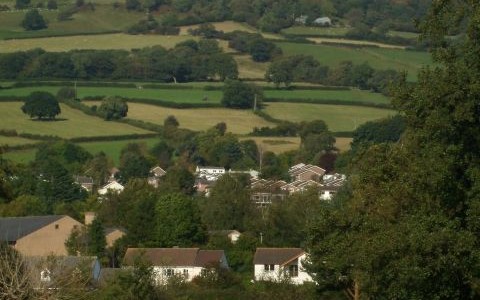There are two main ways in which a breach of planning control can occur:
-
Building works or engineering operations or changes in the use of land or buildings that are carried out without the necessary planning permission.
However, not all building/engineering work or changes of use require planning permission. Many are either considered not to be development at all or are defined as ‘permitted development’, meaning that an application for planning permission is not necessary. For example, the erection of a small house extension or a garden shed within specified limits may not need planning permission (being classed as ‘permitted development’).
- Where planning permission has been granted but the approved plans and/or the conditions attached to the approval have not been followed properly.
For example, a building may be larger than shown on the approved plans or a condition that specifies the working hours of a business may have been breached. To assist in identifying such breaches the Authority liaises with the local authority building control departments. Where a breach is suspected, a site visit will be carried out to ensure the development is in accordance with the approved plans.
The enforcement service also investigates complaints relating to:
- Unauthorised works to listed buildings
Unauthorised developments that are carried out without the necessary listed building or conservation area consent, or by failing to comply with a condition attached to that consent, is an offence under Section 9 and 59 of the Planning (Listed Buildings and Conservation Areas) Act 1990.
- Unauthorised Advertisements
An advertisement is a poster, placard, a fascia sign, a projecting sign, pole sign, canopy sign, model and device, advance sign and directional sign, estate agents boards, captive balloon advertisements (not balloons in flight), flag advertisements, price displays, traffic signs and place name signs. Memorials and railway signals are not advertisements.
Signs that require advertisement consent which are being displayed without the benefit of advertisement consent and are considered a threat to either the visual amenity of an area or causing harm to highway users will be susceptible to enforcement action.
- Tree Enforcement
This includes unauthorised works to trees covered by Tree Preservation Orders or trees within a conservation area.
Where planning permission has been granted for a development where a protected tree is to be removed, then the planning permission grants permission for the tree to be removed, without further permission being granted from the National Park Authority.
Where unauthorised works have been undertaken to a tree which is protected by a tree preservation order, or where the works have not been notified to the authority and the tree is within a conservation area, the National Park will take formal enforcement action, when and where it is considered expedient.
Unauthorised hedgerow removal which has been carried out in breach of the Hedgerow Regulations 1997 will also be investigated and enforcement action taken when and where it is considered expedient. Further information on the Hedgerow Regulations
- Land adversely affecting amenity (untidy land and/or buildings)
In instances where complaints relate to land which is adversely affecting the amenity of a neighbourhood, the Bannau Brycheiniog National Park Authority has powers under Section 215 of the Town and Country Planning Act to secure proper maintenance of the land. This can also relate to private gardens which adversely affect the amenity of a neighbourhood, however each complaint will be investigated and only when negotiations have failed will Bannau Brycheiniog National Park Authority consider taking formal action under Section 219.
Further information on the types of breach we will investigate and the guidelines under which we will carry out investigations is available in the Enforcement Charter
